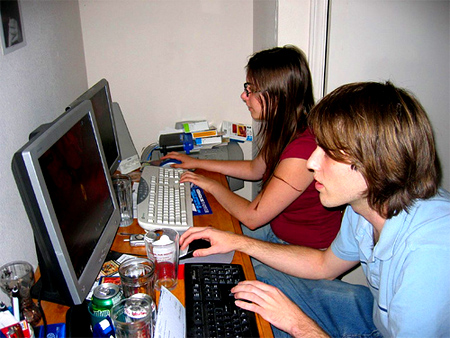 Every once in a while, I have a day where enough seems to have gone wrong that I’m lodged deep in a lousy mood. Sometimes I’m not clever enough to be aware of this right away, so it persists until mindfulness finally kicks in with something to the effect of “You’re in a bad mood, and there is no reason for it unless it’s somehow helping you. Is it helping?”
Every once in a while, I have a day where enough seems to have gone wrong that I’m lodged deep in a lousy mood. Sometimes I’m not clever enough to be aware of this right away, so it persists until mindfulness finally kicks in with something to the effect of “You’re in a bad mood, and there is no reason for it unless it’s somehow helping you. Is it helping?”
It generally isn not helping. So I try to find my way out of that lousy mood using one of the techniques in this post.
The human brain is not very much like a computer. It changes its own structure constantly, stores information in locations scattered throughout the brain, and even runs two different systems (one neural and mostly cognitive, the other chemical and mostly emotional) at the same time. There’s more on this in my article about science fiction and the human brain at Clarkesworld.
But even though the brain doesn’t work the way computers do in many respects, it is capable of reboots: shutting down everything that’s currently running–including bad moods–and starting from scratch. However, reboots are not always easy. There are at least two things that get in the way.
The first is called “mood congruity”: this is the tendency of human beings to have trouble really imagining any emotional situation other than the one they’re already in. If you’re in a bad mood and you picture enjoying a nice walk outside, chances are it will be difficult for you to believe in your gut that the walk will be enjoyable–even if you have every reason to think it will be, and even if it generally has been under similar circumstances in the past. Whatever mood we’re in, we tend to imagine the future fitting the same mood. This is one reason the advice “Cheer up! Things will get better” often sounds so hollow. Mood congruity can be overcome, but it’s helpful to realize that the way our brians work, they’re a little limited at imagining an emotion while experiencing a contrary emotion.
Another barrier is that generally speaking, any mental control we have over our emotions happens by thinking (cognition), but cognition can change much more quickly than emotion, because so much of emotion has to do with chemicals like dopamine, cortisol, oxytocin, adrenaline, and others. The chemical states that influence our brains aren’t capable of changing nearly as quickly as our thoughts. We can go from thinking about a horrible tragedy to thinking about a really funny joke and back all within seconds, but our emotional state would not be able to keep up. This means that any mental effort to change mood needs to be kept up for a minute or two at least to allow emotions to catch up with cognition. It also means that idea repair doesn’t have its full effect right away, a subject I’ll be tackling in another article soon.
Knowing the obstacles, what are the techniques we can use to reboot our brains? Well, computers can go through a “warm boot” (rebooting through software only) or a “cold boot” (physically restarting the computer), and the same is true of our brains. A mental cold boot can be accomplished with techniques that completely clear out what’s going on in our minds. Two excellent approaches for this are meditation (which narrows focus to a very specific subject while letting everything else kind of float away) and exercise (which creates a physiological state that tends to help us cut back to a minimum of thinking).
Techniques for warm boots change attention, immediate experience, and/or thinking. Idea repair is one very useful means to do a warm boot. Other methods include emotional antidotes; visualization; and getting into a flow state (or at least distracted by something interesting for a bit).
Regardless of which method you use, rebooting takes attention, effort, and a little time. However, it often doesn’t take any more than that, and while not every bad mood can be banished in minutes, many of them can.
Photo by rofreg



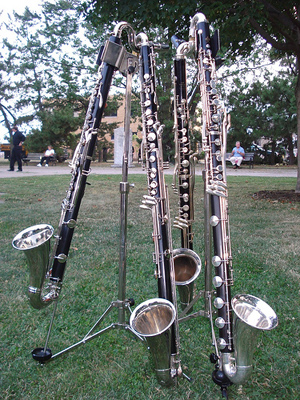
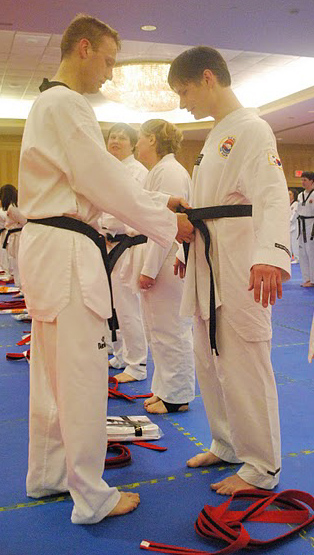



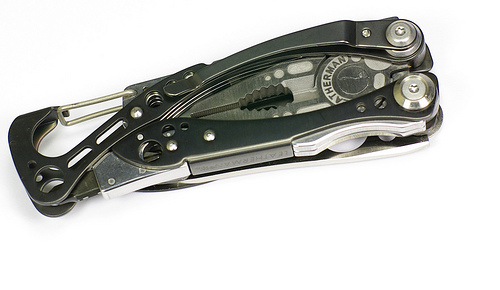
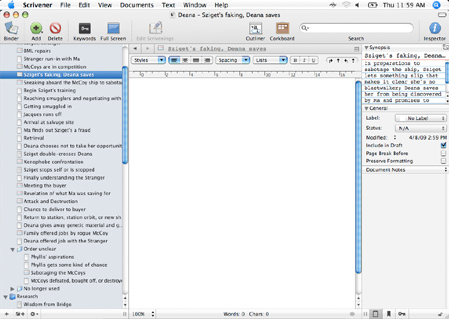
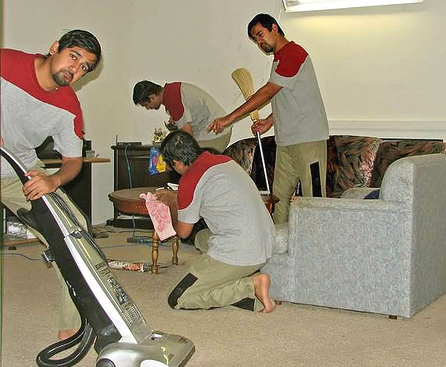
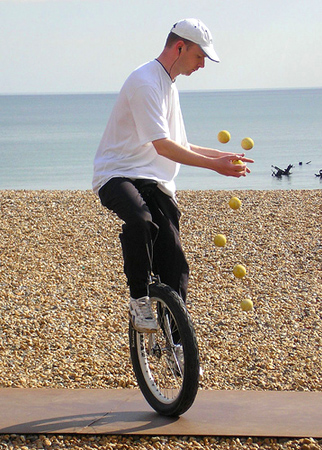 But it’s easier for me than for my son, because I’ve been folding clothes for decades, while my son has only been doing it for a few years. Several times every folding session, I’ll notice he’s stopped folding, his attention fully on the movie. Usually this happens with a trickier item of clothing or with a particularly gripping part of the movie. Not being as used to folding as me, he can’t do it entirely on automatic, so his brain needs some of his attention for the folding, and his attention is already taken up by the movie. Since he can’t pay attention to two things at once, the clothes folding just stops, and since he was doing it automatically, he may not even notice: he may just sit there holding the shirt, transfixed.
But it’s easier for me than for my son, because I’ve been folding clothes for decades, while my son has only been doing it for a few years. Several times every folding session, I’ll notice he’s stopped folding, his attention fully on the movie. Usually this happens with a trickier item of clothing or with a particularly gripping part of the movie. Not being as used to folding as me, he can’t do it entirely on automatic, so his brain needs some of his attention for the folding, and his attention is already taken up by the movie. Since he can’t pay attention to two things at once, the clothes folding just stops, and since he was doing it automatically, he may not even notice: he may just sit there holding the shirt, transfixed.